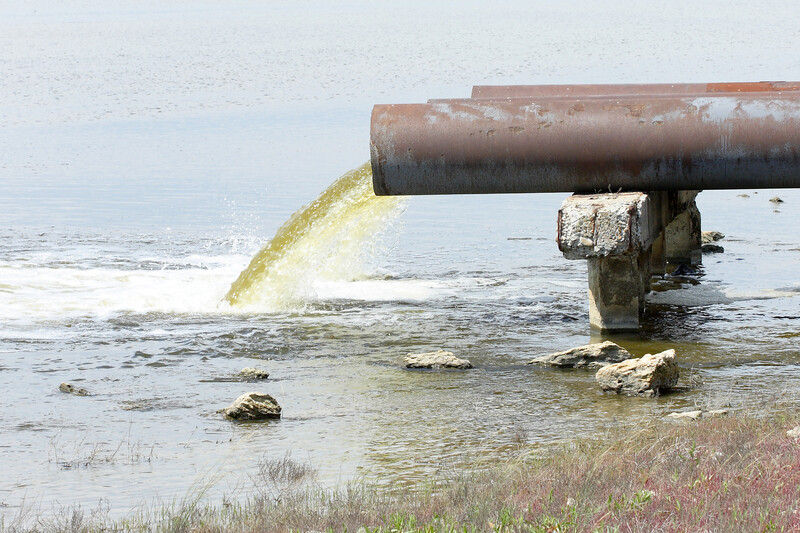Welcome back to the second post in our beach series. We are detailing the harmful effects that sunscreen is having on our marine life and how we can help to become part of the solution instead of part of the problem. Let’s review the list of ingredients that NOAA has deemed harmful:
Oxybenzone, or BP-3 - FDA approved chemical that is effective at reducing UV exposure
Benzophenone-2 or BP-2- FDA approved chemical that is effective at reducing UV exposure
Benzophenone-1 - FDA approved chemical that is effective at reducing UV exposure
Benzophenone-8 - FDA approved chemical that is effective at reducing UV exposure
OD-PABA - found in folic acid and is effective at absorbing the suns UV rays to prevent sunburn
4-Methylbenzylidene camphor - UV light blockers used in sunscreens and anti-aging products
3-Benzylidene camphor - UV light blockers used in sunscreens and anti-aging products
Nano-Titanium dioxide - ultra fine particles of titanium dioxide
Nano-Zinc oxide – ultra fine particles of zinc oxide
According to The Ocean Foundation.Org there are over 14,000 tons of sunscreen dumped in to the ocean every year. According to Coral Reef CPR’s website “Scientists have found that concentrations that are seemingly undetectable – as low as 62 parts per trillion – can cause a variety of pathology's to corals.” When we see how much is put into the ocean and how little it takes to effect marine life this problem begins to come into focus. How does it get into the oceans? One way is that it gets washed off our bodies while we swim. This is the most obvious way.

Another way is that even if we do not go swimming in the ocean it can make its way there by the simple act of showering or bathing. The sewage treatment plants near the coast do not remove these chemicals from wastewater before discharging the treated sewage into the ocean. The nano materials are so small that the treatment plants have no way to filter these particles. Once they enter the ocean they are absorbed by fish, mussels, coral reefs, and mammals that live and swim in the areas where these chemicals are dumped. How these chemicals affect these organisms will be a topic of the next post.


Comments